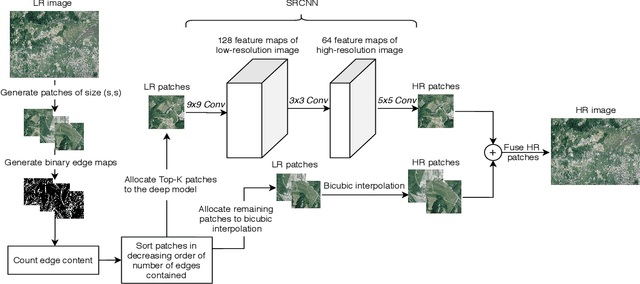Saksham Jain
Data Impressions: Mining Deep Models to Extract Samples for Data-free Applications
Jan 15, 2021



Abstract:Pretrained deep models hold their learnt knowledge in the form of the model parameters. These parameters act as memory for the trained models and help them generalize well on unseen data. However, in absence of training data, the utility of a trained model is merely limited to either inference or better initialization towards a target task. In this paper, we go further and extract synthetic data by leveraging the learnt model parameters. We dub them "Data Impressions", which act as proxy to the training data and can be used to realize a variety of tasks. These are useful in scenarios where only the pretrained models are available and the training data is not shared (e.g., due to privacy or sensitivity concerns). We show the applicability of data impressions in solving several computer vision tasks such as unsupervised domain adaptation, continual learning as well as knowledge distillation. We also study the adversarial robustness of the lightweight models trained via knowledge distillation using these data impressions. Further, we demonstrate the efficacy of data impressions in generating UAPs with better fooling rates. Extensive experiments performed on several benchmark datasets demonstrate competitive performance achieved using data impressions in absence of the original training data.
Fusion of Deep and Non-Deep Methods for Fast Super-Resolution of Satellite Images
Aug 03, 2020



Abstract:In the emerging commercial space industry there is a drastic increase in access to low cost satellite imagery. The price for satellite images depends on the sensor quality and revisit rate. This work proposes to bridge the gap between image quality and the price by improving the image quality via super-resolution (SR). Recently, a number of deep SR techniques have been proposed to enhance satellite images. However, none of these methods utilize the region-level context information, giving equal importance to each region in the image. This, along with the fact that most state-of-the-art SR methods are complex and cumbersome deep models, the time taken to process very large satellite images can be impractically high. We, propose to handle this challenge by designing an SR framework that analyzes the regional information content on each patch of the low-resolution image and judiciously chooses to use more computationally complex deep models to super-resolve more structure-rich regions on the image, while using less resource-intensive non-deep methods on non-salient regions. Through extensive experiments on a large satellite image, we show substantial decrease in inference time while achieving similar performance to that of existing deep SR methods over several evaluation measures like PSNR, MSE and SSIM.
 Add to Chrome
Add to Chrome Add to Firefox
Add to Firefox Add to Edge
Add to Edge